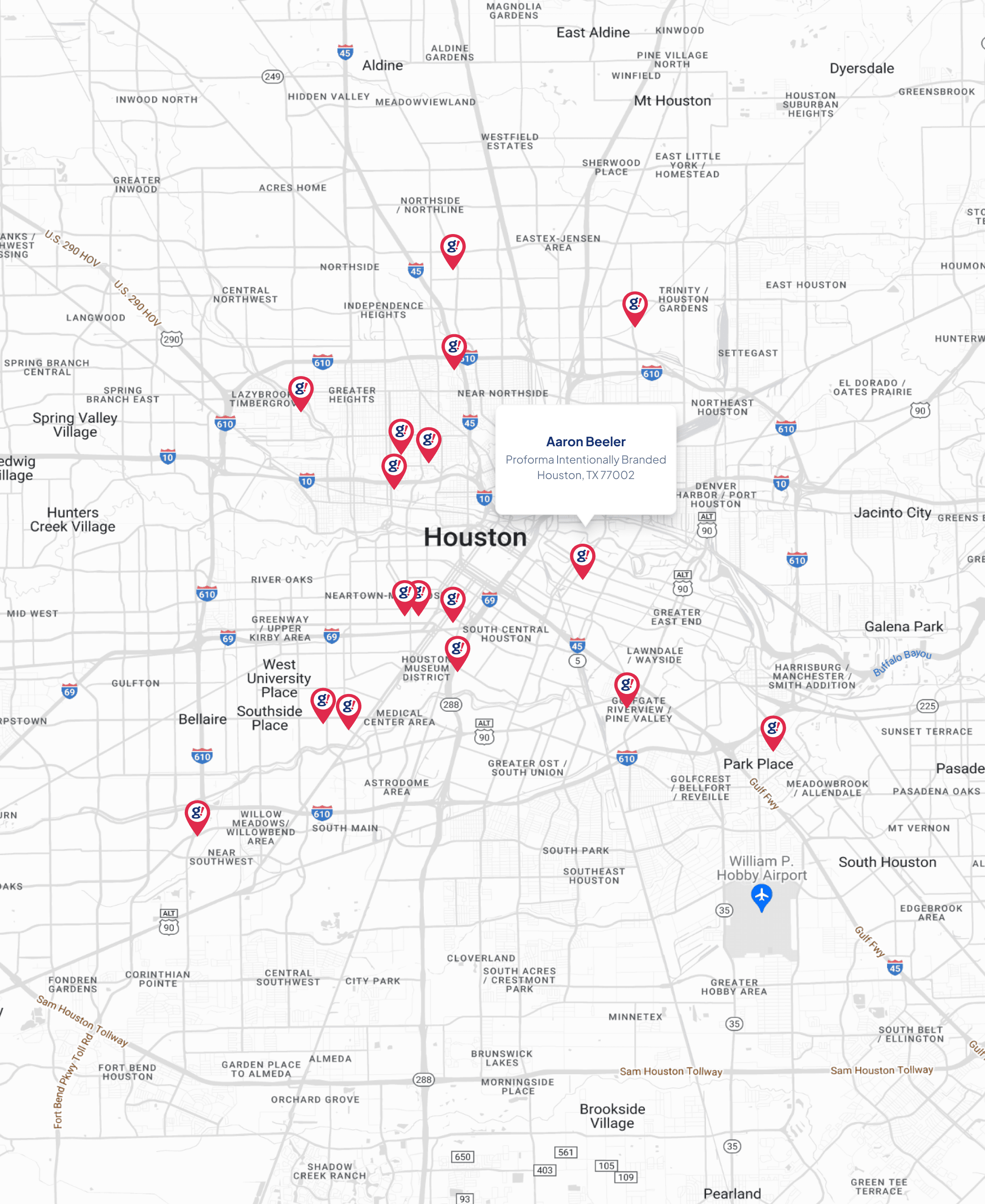How to Maximize Your Search & Social Audience Expansion
- Updated on: 2020-09-18
- Read original article here

Digital advertisers benefit from working in a dynamic, fast-paced environment where well-thought-out thought strategies come to life.
However, the end of campaign life cycles can become less than a lackluster period.
For those campaigns without a stop point, one can occasionally see audience fatigue.
While this can be combatted with ad refreshment – outside of SEO’s fresh content and the user intent of PPC – you may feel like your hands are tied.
But what if I said the campaigns didn’t have to die?
With a little retooling, you have the ability to stay visible for existing customers but also nurture your funnel abandonment.
Let’s take a moment to draw back and instead of analyzing the staleness that has become of one platform, review your entire online marketing mix.
Time in the industry has given us the best practice knowledge to not rely on any one single platform as goal performer.
We exist within a digital landscape where our audience encounters us while surfing morning email, perusing social platforms, researching, and educating themselves in search engines before directly searching for you.
Let’s take advantage of this.
Unless you are selling $5 trinkets online, you likely won’t see your new visitor become a new customer in the first visit.
Ideally, your website-visiting audience looks more so like a visitor who arrived through multiple touchpoints.
Want to gain a better sense of your converting visitors’ journey?
Notice that 25% of the example conversions come after day zero.
Here, we can see the reoccurring relationship between mediums that drive conversions through multiple mediums/platforms.
A few years back, I wrote upon the topic of remarketing and retargeting.
This was an instruction on employing advertising targets of those who have visited your site or had purchased/converted with your site –giving you a chance to once again approach a considerate audience.
This concept is still wildly important today but the world of retargeting allows you to do much more.
Instead of just advertising to those who visited a particular area of your site, non-convertors, etc., you have to ability to advertise on a platform to those who originally arrived at your site via another platform.
It is worth mentioning that your mind may run with all the different cross-platform capabilities but you need to consider your lookback windows so that your audiences are large enough to run advertising and also be worth the effort.
You will want Display and Search audiences ranging from 100 to 1,000, respectively.
Your social platform audiences will need to be at least a few thousand in total.
Social platforms require fairly the same range but of course the more you have the more opportunity you have for success.
You utilize the Google Display Network for a top of funnel approach to bring a lot of traffic into your site.
Might this higher bounce and low conversion traffic just need another invitation to your site?
Tip: Set up a Google Analytics audience to target traffic that has arrived at your site from the Default Channel Group of Display.
This will allow you to provide a bid modifier in paid search, hopefully lifting your visibility, for those people who are searching for keyword terms relevant to your offerings and they have already visited your site in the recent past.
You have a variety of existing customers who you provide a monthly newsletter.
You would like to set up a Facebook remarketing campaign but have one problem:
You are a B2B service provider and your email list is likely their professional company email addresses.
In this case, the match rate of email addresses to Facebook account registered email addresses is going to be very low.
Tip: Ensure that your deployed emails include UTM-tracked URLs. (Get help with Google Campaign URL Builder.)
Most importantly, they should feature a utm_medium= of “Email” or something easily identifiable with this audience.
This will allow you to create a Facebook audience targeting email traffic that visited your website.
Note, you will need to have placed a Facebook pixel on your website beforehand to make this association with your site.
Keep in mind, you are only going to be able to target those who have clicked on email links and visited your site instead of all of your email contacts.
On the bright side, it is your most engaged email audience.
You are finding that the most relevant traffic comes from LinkedIn but often comes at a higher cost per click vs. other platforms.
Wouldn’t it be great if we could target similarly on Facebook, find those interested enough to click, and then target them further on LinkedIn?
Tip: We are now familiar with audience building by the “medium” UTM in the previous example but now we will target by the “campaign” UTM.
Here, we can target by job title, industry, etc. on Facebook with clicks UTM-tagged with a specific campaign identifier so that we can set an audience on LinkedIn to advertise against.
Utilizing an advanced approach to retargeting does not feed a new audience so to speak but provides you with a highly targeted existing audience through a new platform.
While we have covered only a few examples, there is a myriad of ways that you criss-cross your audience targeting, allowing you second-chance opportunities at exposure.
Ultimately, it’s your chance to bring some life to a stale conversion funnel.
Feature Image: iStockPhoto / Modified by author, September 2020 All screenshots taken by author



